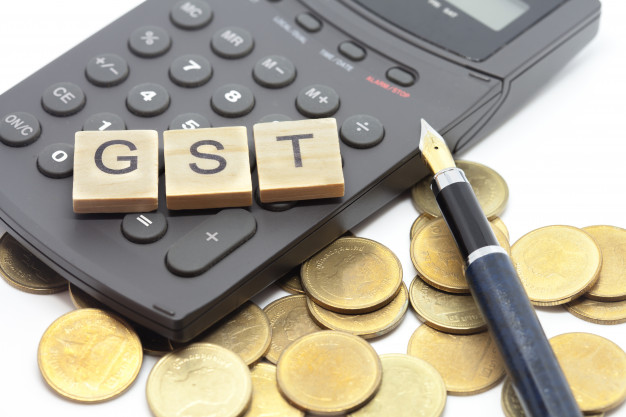
What is GST?
GST, short for the Goods and Services Tax, is a recently launch value-added tax passed by the government of India on 29th March 2017. It came into effect on 1st July 2017, and since then it has replaced all indirect smaller taxes in the country. It applies to goods and services used domestically. GST is paid by the consumers indirectly to the government (through the respective businesses).
GST serves as revenue for the government and has eliminated most state taxes. It is regarded as a "comprehensive, destination-based, multi-staged tax" since its imposed at various stages of production, though it is refunded to all but the final customer who buys it.
Like all taxes, GST too is governed by specific rules and regulations which are controlled by the GST Council (GSTC). GSTC was started by the Good and Services Act, which consists of Union Finance Ministers and Finance Ministers of all the states. GST has received a ton of criticism since it's implementation, and debates are still on about its pros and cons. Its main motive was to replace various indirect taxes and redesign the nation's economy in a more planned manner.
What Effect Did GST have on the market?
There have been numerous speculation on what impact GST had on the economy and market of the country. Here's a list of what changes GST brought with it, based on facts:
GST has reduced tax burden from the producers and thus encourages more and cheaper production. The previous taxation structure controlled by an infinite number of clauses prohibited the Read More

No comments:
Post a Comment